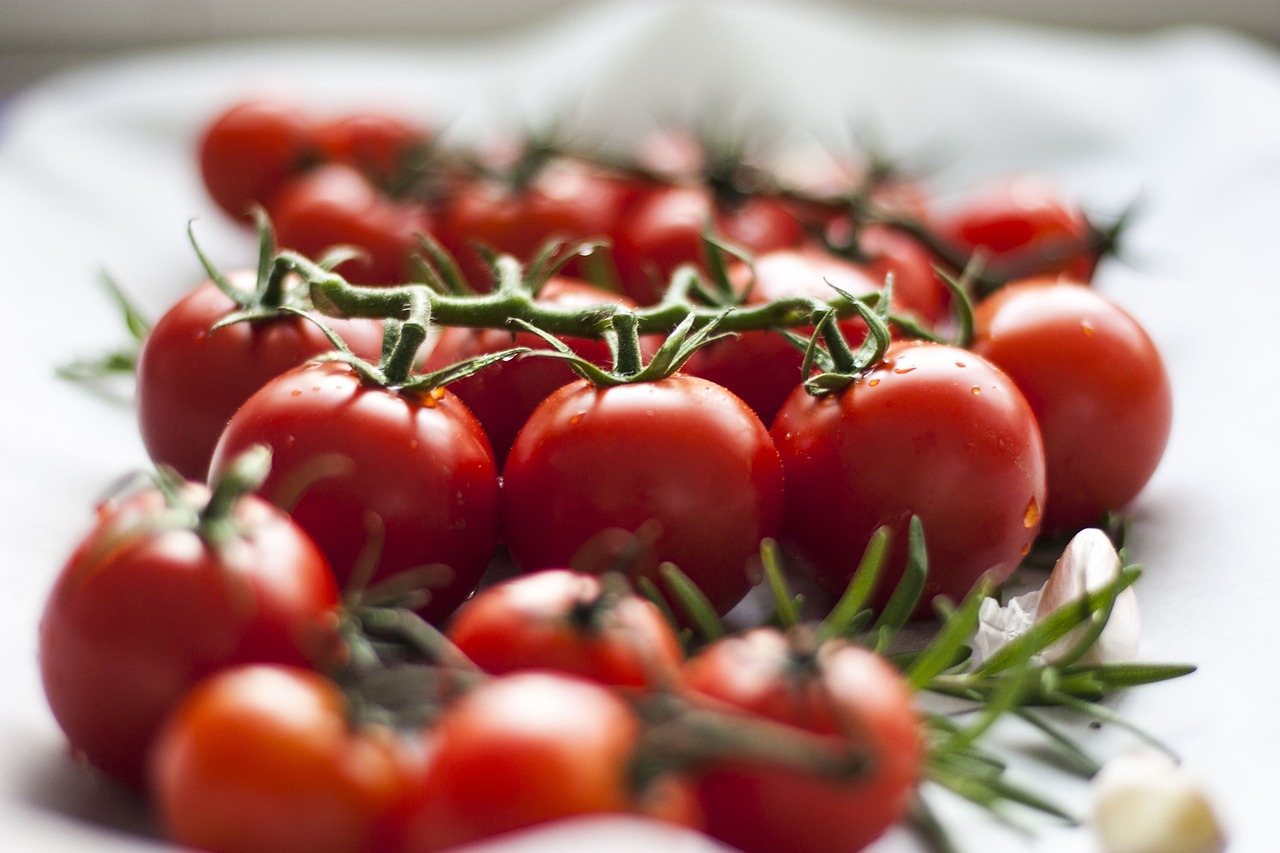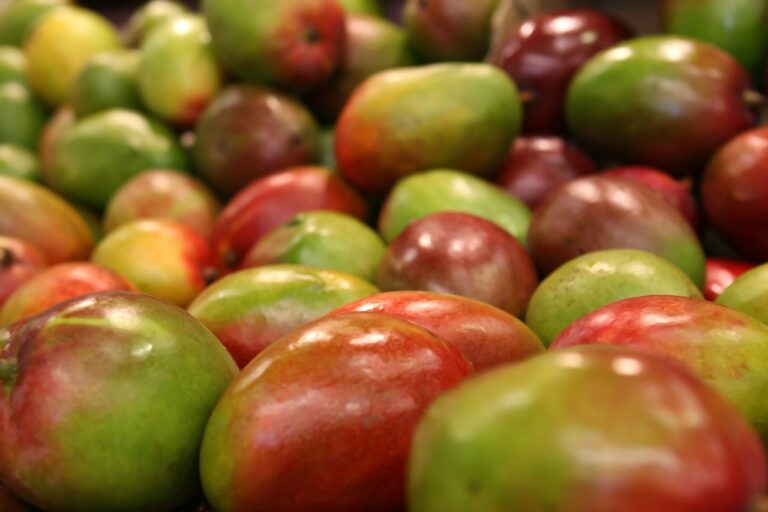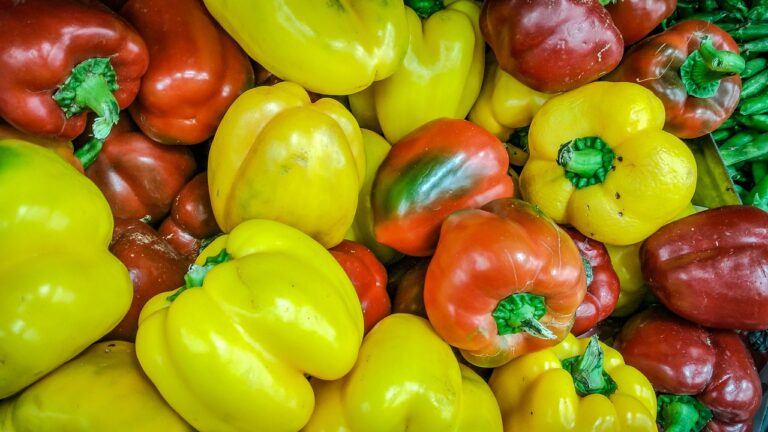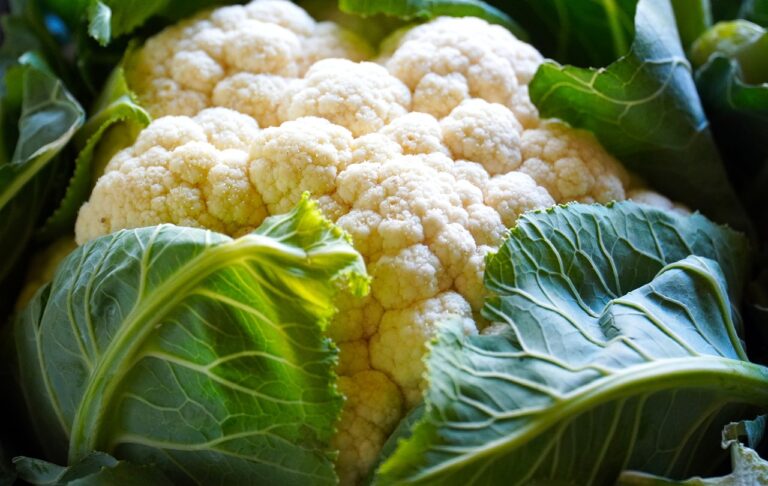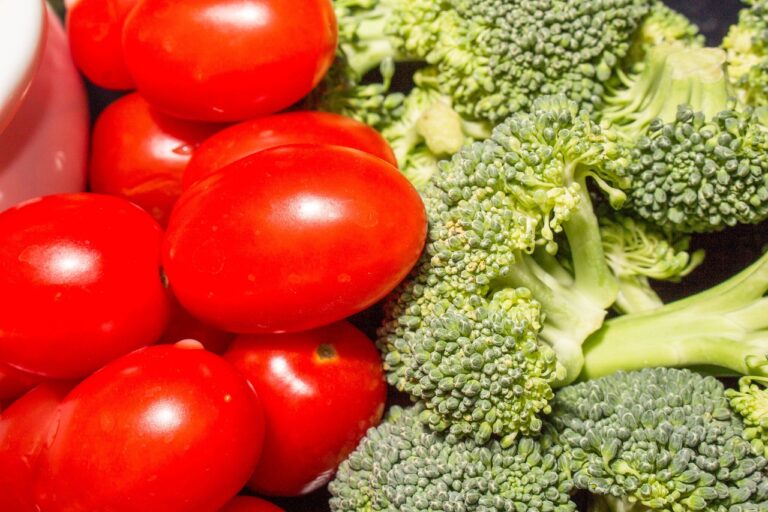The Art of Food Fermentation: Unlocking Flavor and Nutrition
Fermentation offers a myriad of benefits for the food we consume. One of the primary advantages is the increase in the food’s nutritional value. Through the fermentation process, beneficial probiotics and enzymes are produced, enhancing the digestibility and absorption of nutrients in the food.
Additionally, fermentation helps to preserve food for longer periods of time. The presence of lactic acid and other organic acids created during the process inhibit the growth of harmful bacteria, preventing spoilage. This results in food that lasts longer without the need for artificial preservatives, promoting sustainability and reducing food waste.
Types of Fermentation Techniques
Fermentation techniques can vary widely, with each method resulting in unique flavors and textures. One common technique is wild fermentation, where naturally occurring microorganisms in the air and on the food itself kickstart the fermentation process. This method is often used for making sourdough bread, kimchi, and sauerkraut.
Another popular fermentation technique is brine fermentation, which involves submerging food in a saltwater solution. This method is commonly used for fermenting vegetables like pickles and cabbage. The salt helps to preserve the food while encouraging the growth of beneficial bacteria that give the final product its tangy flavor.
• Wild fermentation: naturally occurring microorganisms in the air and on the food kickstart fermentation process
• Commonly used for sourdough bread, kimchi, sauerkraut
• Brine fermentation: submerging food in saltwater solution
• Often used for fermenting vegetables like pickles and cabbage
• Salt helps preserve food while encouraging growth of beneficial bacteria
Essential Equipment for Fermenting Food
Fermenting food at home requires a few essential pieces of equipment to ensure the process goes smoothly. One must-have item is a fermentation vessel, such as a glass jar or ceramic crock, to hold the ingredients and facilitate the fermentation process. It is important to choose a vessel that allows for proper air circulation while keeping out unwanted contaminants.
Additionally, an airlock or fermentation weight is necessary to prevent oxygen from spoiling the fermenting food. An airlock allows gases produced during fermentation to escape without letting oxygen in, while a fermentation weight helps keep the food submerged in the brine or liquid to prevent mold growth. These simple tools are key to successful fermentation and can be easily found at kitchen supply stores or online retailers specializing in fermentation equipment.
What are the benefits of food fermentation?
Food fermentation can increase the nutritional value of food, improve digestion, boost the immune system, and create unique and delicious flavors.
What are the different types of fermentation techniques?
There are various fermentation techniques including lacto-fermentation, wild fermentation, anaerobic fermentation, and aerobic fermentation.
What equipment is essential for fermenting food?
Essential equipment for fermenting food includes fermentation jars or crocks, fermentation weights, airlocks, pH strips, salt, and a kitchen scale.
How important is it to use proper equipment for fermenting food?
Using proper equipment is crucial for successful fermentation as it helps create the ideal environment for beneficial bacteria to thrive and ensures the safety and quality of the fermented food.
Can I ferment food without using specialized equipment?
While it is possible to ferment food using improvised equipment, investing in proper fermentation tools can greatly improve the quality and consistency of your fermented products.

